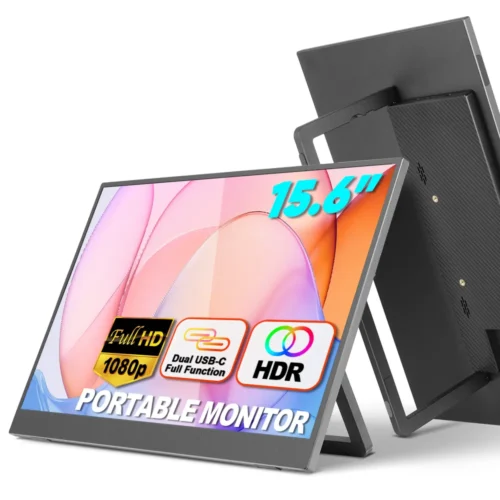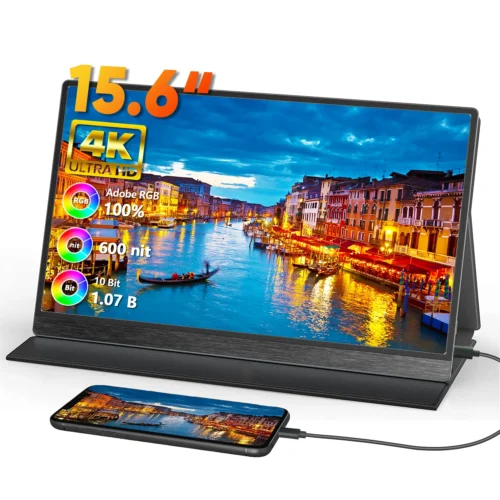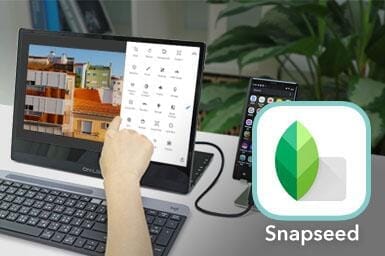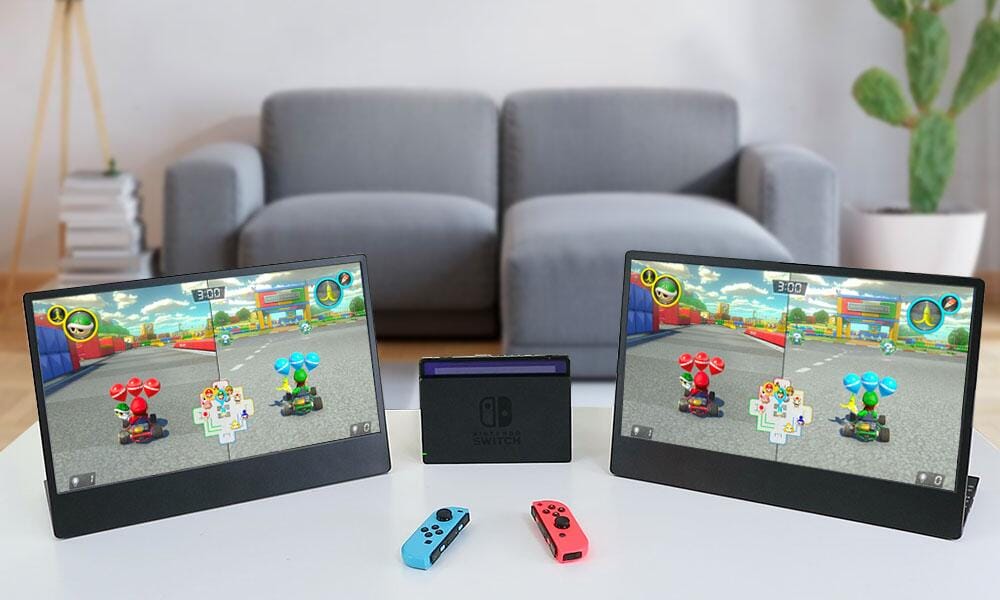
Introduction
Have you ever wondered how to elevate your gaming experience by connecting your Nintendo Switch to larger monitors for laptops? As gaming evolves, the demand for better visuals and larger screens increases. This guide will walk you through everything you need to know about connecting your Nintendo Switch to external monitors for laptops, ensuring you get the most out of your gaming sessions.
Q1: How Do I Connect an External Monitor to My Switch? Do I Need a Dock to Connect an External Monitor?
Connecting your Nintendo Switch to external monitors for laptops is straightforward. Here’s a detailed step-by-step guide:
- Using the Nintendo Switch Dock:
- Locate Your Dock: Find the dock that comes with your Nintendo Switch.
- Connect the Dock to Power: Plug the AC adapter into the dock and connect it to a power outlet.
- Connect HDMI Cable: Use an HDMI cable to connect the dock to your monitor for laptops. Plug one end into the dock’s HDMI OUT port and the other into the monitor’s HDMI IN port.
- Insert Your Switch: Place your Nintendo Switch into the dock.
- Power On: Turn on your monitor and select the correct HDMI input. Your Switch should automatically display on the screen.
- Using a USB-C to HDMI Adapter (No Dock Required):
- Purchase a USB-C to HDMI Adapter: Ensure it is compatible with the Switch.
- Connect the Adapter: Plug the USB-C end into the Nintendo Switch.
- Connect to Monitor: Use an HDMI cable to connect the adapter to your monitor for laptops.
- Power On and Select Input: Turn on the monitor and choose the appropriate HDMI source.
Using monitors for laptops not only enhances your gaming visuals but also makes multitasking easier, allowing you to browse or stream while playing.

Q2: Why Is There No Display When Connected?
If you encounter a black screen or no display when connecting your Nintendo Switch to external monitors for laptops, follow these troubleshooting steps:
- Check Power and Input:
- Ensure your monitor is powered on.
- Check if the monitor is set to the correct HDMI input.
- Inspect Connections:
- Confirm that all cables are securely connected. Loose connections can prevent display signals.
- Test with Another Monitor:
- If possible, connect your Switch to a different monitor for laptops to see if the issue persists.
- Restart Devices:
- Unplug the Switch and monitor, wait for a few seconds, then reconnect everything and power them on.
- Firmware Updates:
- Ensure your Switch software is up to date, as outdated software can cause compatibility issues with monitors for laptops.
If none of these steps resolve the issue, it may be a hardware problem that requires professional assistance.

Q3: Does an External Monitor Consume the NS a Lot of Power?
When using the Nintendo Switch with external monitors for laptops, power consumption can vary. Here’s what to consider:
- Docked Mode:
- When your Switch is docked, it draws power from the dock while also supplying power to the monitor for laptops. This can lead to increased power consumption.
- Monitor Type:
- The type of monitor used affects power draw. LED monitors generally consume less power than OLED monitors.
- Battery Life Considerations:
- Playing in docked mode will consume more battery life compared to handheld mode. If you frequently game in docked mode with monitors for laptops, consider keeping the Switch plugged in to maintain battery health.
Overall, while using external monitors may increase power usage, the difference may not be significant if you optimize your settings.

Q4: Can I Play Switch While Charging?
Yes, you can play your Nintendo Switch while charging, particularly when connected to external monitors for laptops. Here’s how:
- Using the Dock:
- When your Switch is docked, it charges automatically. Simply connect to an external monitor as mentioned in Q1, and you can play while charging.
- Portable Charging Options:
- If you’re using a USB-C to HDMI adapter, consider using a USB-C power bank. Connect it to the Switch while it’s plugged into the adapter. This way, you can play continuously without worrying about battery drain.
- Heat Management:
- Note that playing while charging can generate heat. Ensure your setup has adequate ventilation, especially when using monitors for laptops.
Q5: Can I Connect Two Monitors to One Switch Console?
Currently, the Nintendo Switch does not natively support dual monitor setups. However, here are some insights on this limitation:
- Single Output Limitation:
- The Switch only outputs to one HDMI port at a time, whether through the dock or a USB-C adapter. Therefore, you cannot connect two monitors for laptops directly.
- Alternatives:
- Explore the use of software or hardware solutions (like capture cards) that might allow for extended display options. These methods can be complex and might require additional equipment.
- Future Considerations:
- Stay updated on software updates or hardware releases that may allow for more versatile connectivity options.
Q6: When Connecting Two Monitors to Play a Two-Player Match, Can the Dual Monitors Respectively Display Each Player’s Perspective View?
While the Nintendo Switch supports local multiplayer games, it does not allow for independent displays on two monitors for laptops. Here’s why:
- Shared Display:
- When two players are using the same Switch, both players typically share the same screen. The Switch outputs one signal, so you can’t have separate perspectives on two monitors.
- Alternatives:
- For a dual-screen experience, consider setting up split-screen play on one monitor. This allows both players to see their perspectives simultaneously, albeit on the same screen.
- Potential Innovations:
- Keep an eye on gaming technology advancements. Future updates or peripherals may introduce new capabilities for multi-display setups.
Q7: Why Does the Power of the Switch Go Out Soon After I Finish the Game in TV Mode?
Experiencing unexpected shutdowns of the Nintendo Switch after gaming in TV mode can be frustrating. Here are some insights into this phenomenon:
- Auto-Sleep Settings:
- The Switch has built-in power-saving features. After a period of inactivity, it will automatically enter sleep mode to conserve battery life. You can adjust these settings in the system preferences.
- Power Management:
- Ensure that your dock is functioning properly. If it’s not providing adequate power, the Switch may shut down shortly after use.
- Charging Practices:
- If you frequently play in TV mode, keep the Switch docked to ensure a steady power supply. Sudden power loss can indicate issues with the dock or connections.
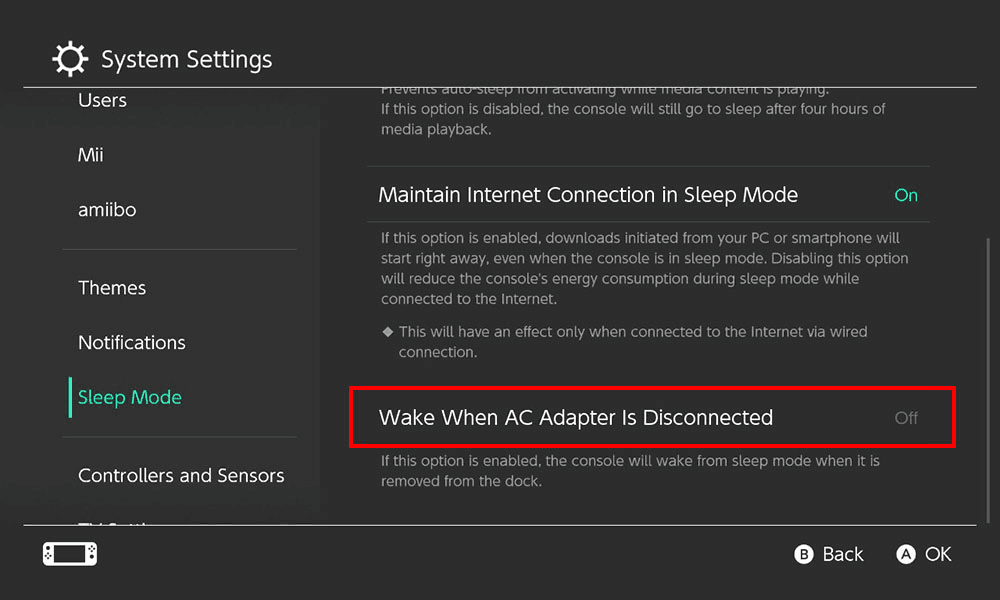
Conclusion
Using monitors for laptops to connect your Nintendo Switch can significantly enhance your gaming experience. From larger displays to improved multitasking, the benefits are numerous. By following the detailed steps and tips outlined in this guide, you’ll be well-equipped to optimize your gaming setup. Don’t hesitate to explore and customize your experience with monitors for laptops to truly elevate your gameplay.
Call to Action
We’d love to hear about your experiences connecting your Nintendo Switch to monitors for laptops! Share your setups and any tips in the comments below. Also, subscribe for more insights and tips on gaming setups!
| Model | Size | Points | Note | Supported Interface |
| ONext-FCC215 | 21.5″ | ★★★★☆ | ONext-FCC215 is comparable to a desktop monitor and keeps mobility as well. The 21.5-inch large screen is more than addictive, allowing you to play Switch while charging. | ✔ HDMI ✔ USB Type-C (Supports USB-PD) |
| ONext-FCC156 | 15.6″ | ★★★★★ | Equipped with the upgraded speakers, providing greater volume and bass, ONext-FCC156 lets you play Switch while charging. | ✔ HDMI ✔ USB Type-C (Supports USB-PD) |
| ONext-FCC161 | 16.1″ | ★★★☆☆ | ONext-FCC161 is thin, light, and portable, but not equips built-in speakers, so you need to wear headphones or connect M161H to external speakers. | ✔ HDMI ✘ USB Type-C (Power output not supported) |
| ONext-UCT156 | 15.6″ | ★★★★☆ | Foldable and with easy portability. ONext-UCT156 supports HDMI output specially, allowing you connect multiple monitors in series. | ✔ HDMI ✘ USB Type-C (Power output not supported) |
-
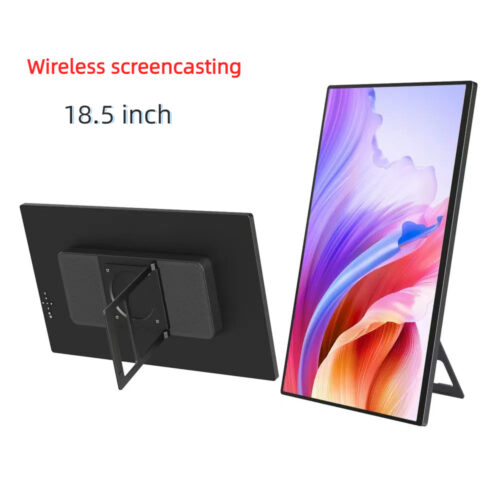 ONext 18.5 inch Portable Laptop Monitor ,Wireless screencasting Laptop Monitors with Kickstand
ONext 18.5 inch Portable Laptop Monitor ,Wireless screencasting Laptop Monitors with Kickstand -
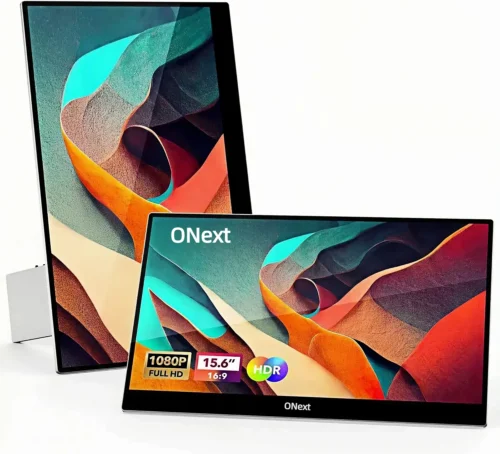 ONext Portable Monitor for Laptop, Slim 15.6 Inch External Monitor with Adjustable kickStand
ONext Portable Monitor for Laptop, Slim 15.6 Inch External Monitor with Adjustable kickStand -
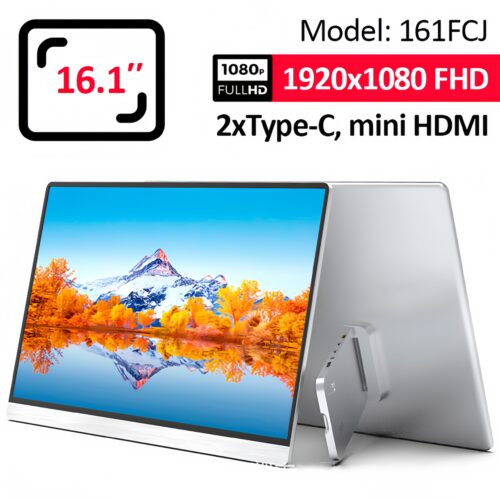 Portable Laptop Screen 16.1 inch Laptop Monitors Full HD, IPS, USB Type-C, Flicker Free, Blue Light Filter Silver With Foldable Stand
Portable Laptop Screen 16.1 inch Laptop Monitors Full HD, IPS, USB Type-C, Flicker Free, Blue Light Filter Silver With Foldable Stand
